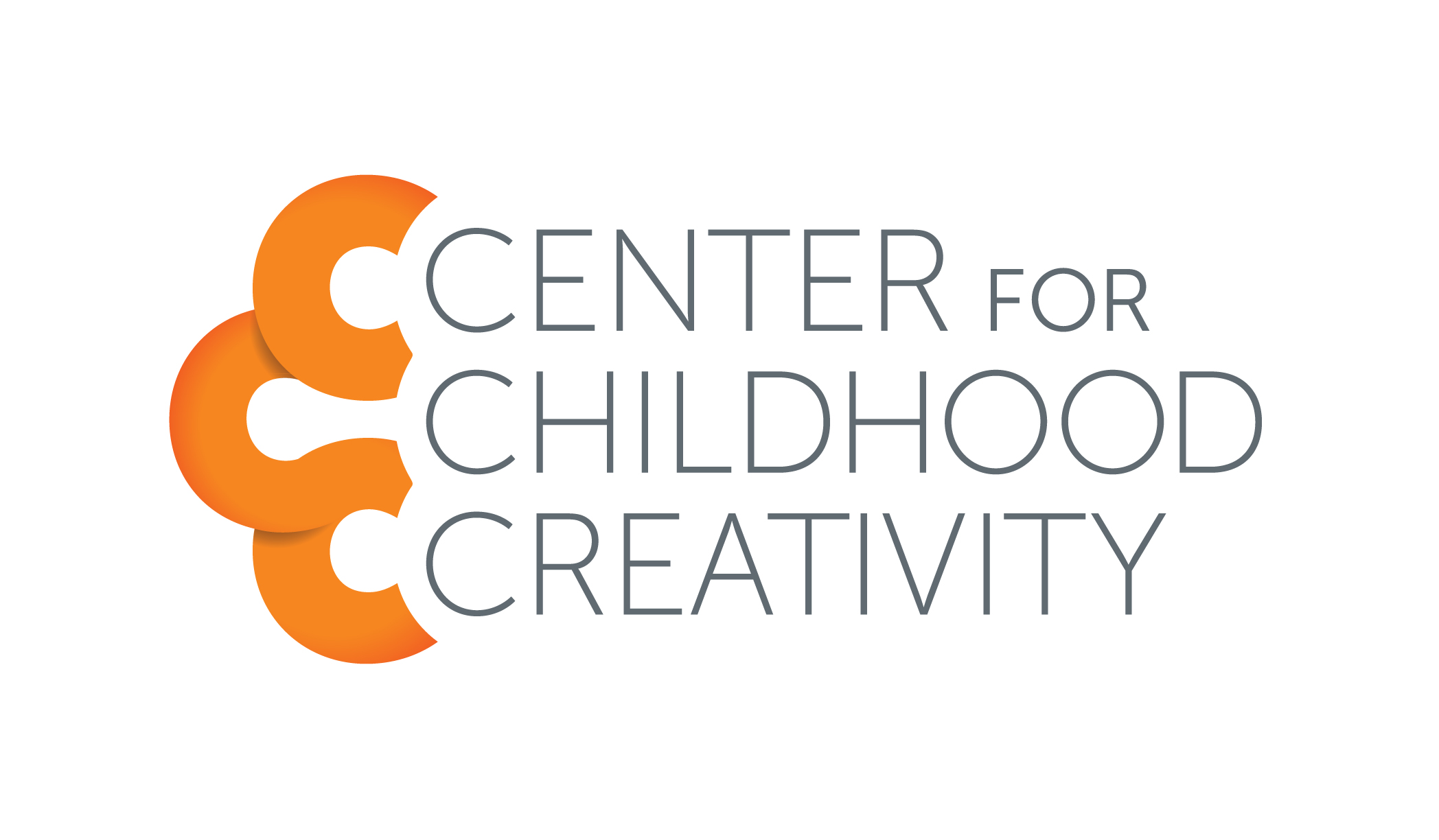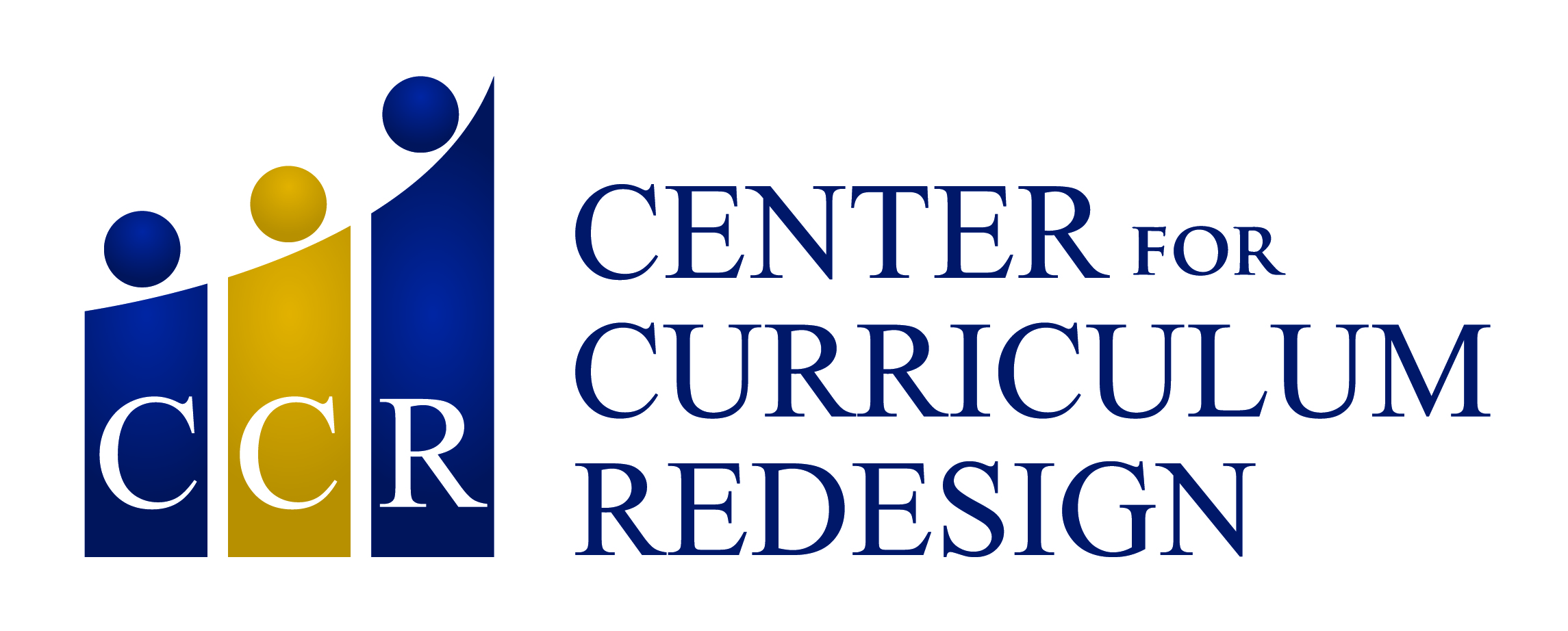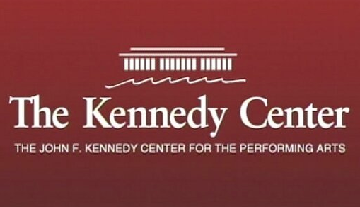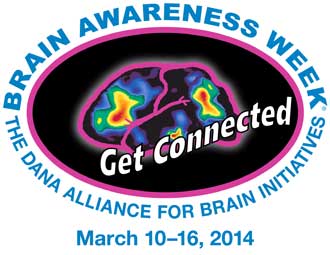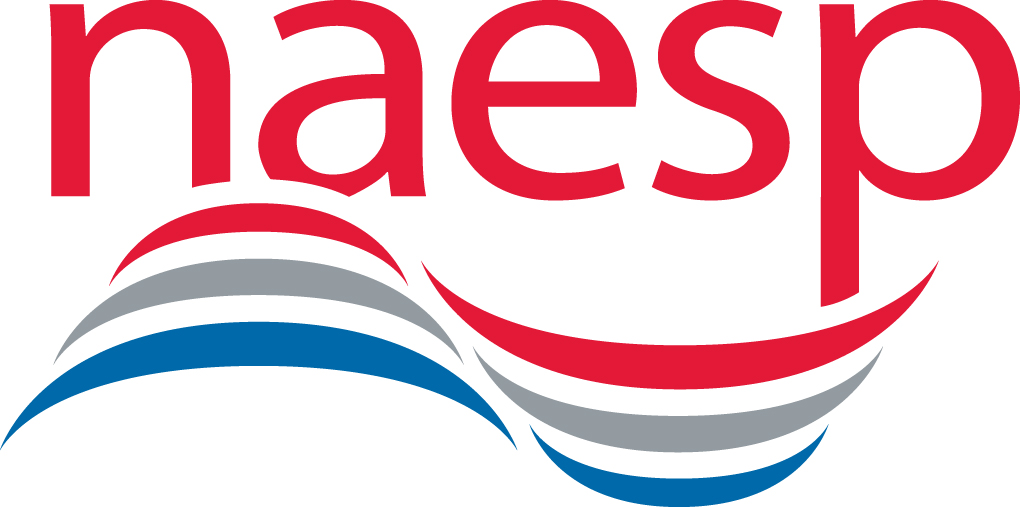|
|
|
TEACHING TO THINK: THE SCIENCE OF THINKING AND REASONING
|
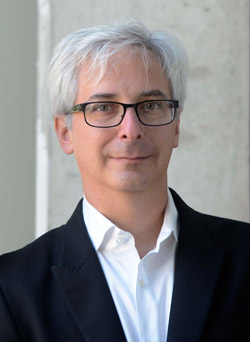 |
Smart Thinking: Helping Students Solve Problems, Innovate, Create and Learn
Arthur B. Markman, PhD, Annabel Iron Worsham Centennial Professor, Department of Psychology, The University of Texas at Austin; Executive Editor, Cognitive Science; Author, Smart Change: Five Tools to Create New and Sustainable Habits in Yourself and Others (2014) and Smart Thinking: Three Essential Keys to Solve Problems, Innovate, and Get Things Done (2012); Co-Author, Tools for Innovation: The Science Behind the Practical Methods That Drive New Ideas (2009) |
 |
Inspiring Students to Be Dynamic and Innovative Thinkers
Sandra B. Chapman, PhD, Founder/Chief Director, Center for BrainHealth; Dee Wyly Distinguished Chair; Professor of Behavioral and Brain Sciences, The University of Texas at Dallas; Co-Author, Make Your Brain Smarter: Increase Your Brain’s Creativity, Energy, and Focus (2013) and “Higher-order Strategic Gist Reasoning in Adolescence” (2011, The Adolescent Brain: Learning, Reasoning, and Decision Making) |
 |
Developing Thought-Full Minds and Schools for the 21st Century and Beyond
Arthur L. Costa, EdD, Emeritus Professor of Education, California State University, Sacramento; Co-Director of the Institute for Intelligent Behavior; Former President of ASCD; Former Director of Educational Programs, NASA; Editor, Habits of Mind Across the Curriculum (2009) and Developing Minds (2001); Co-Author, Cognitive Capital (2013) and Thinking-Based Learning (2010) |
 |
Sparks of Genius: Cognitive Thinking Tools for the Student Mind
Michele M. Root-Bernstein, PhD, Adjunct Assistant Professor, Department of Theatre, Michigan State University; Co-Author, “Thinking Inside the Box” (2009, Psychology Today) and Sparks of Genius: The Thirteen Thinking Tools of the World’s Most Creative People (2001) |
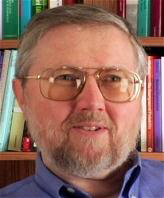 |
The Rational Mind: Is It Separate from Intelligence?
Keith E. Stanovich, PhD, Canada Research Chair of Applied Cognitive Science, Department of Human Development and Applied Psychology, University of Toronto; Author, How to Think Straight About Psychology (2012, 10th Ed.), Rationality and the Reflective Mind (2010) and What Intelligence Tests Miss: The Psychology of Rational Thought (2010) |
 |
Think Smart: Applying Brain Science to Instructional Practices That Empowers Learners
Kathleen M. Kryza, MA, CEO, Infinite Horizons; Co-Author, Developing Growth Mindsets in the Inspiring Classroom (2011) and Winning Strategies for Test Taking - Grades 3-8 (2009); and Jack A. Naglieri, PhD,Research Professor, Curry School of Education, University of Virginia; Emeritus Professor of Psychology, George Mason University; Co-Author, Handbook of Executive Functioning (2013) and Comprehensive Inventory of Executive Function (2012); Co-Editor, Practitioner’s Guide to Assessing Intelligence and Achievement (2009) |
TEACHING TO CREATE: THE SCIENCE OF ART AND CREATIVE THINKING
|
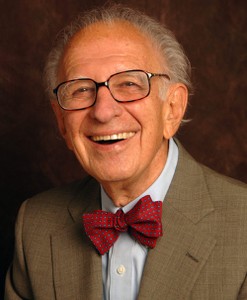 |
The Age of Insight: Art, Brain and the Creative Beholder
Eric R. Kandel, MD, Nobel Prize Winner; University and Fred Kavli Professor; Director, Kavli Institute for Brain Science, Columbia University; Founding Director, Center for Neurobiology and Behavior, Columbia University College of Physicians and Surgeons; Author, Age of Insight (2012) and In Search of Memory (2007); Co-Author, Memory: From Mind to Molecules (2008) |
 |
Promoting Motivation and Creativity in the Classroom: A Toolbox for Teachers
Beth Ann Hennessey, PhD, Professor of Psychology, Wellesley College; Collaborator/Developer with Massachusetts Institute of Technology on a cutting-edge curriculum for the new International Design Center (IDC) at Singapore University of Technology and Design; Author, “Nurturing Creative Mindsets Across Cultures” (2012, Cultures of Creativity) |
 |
The Neuroscience of Creative Thinking
Rex E. Jung, PhD, Assistant Research Professor, Departments of Neurology and Neurosurgery, Health Sciences Center; Assistant Research Professor, Department of Psychology, University of New Mexico; Co-Author, “The Structure of Creative Cognition in the Human Brain” (2013, Frontiers in Human Neuroscience) and “Cortical Thickness Correlates of Specific Cognitive Performance Accounted for by the General Factor of Intelligence in Healthy Children Aged 6 to 18” (2011, Neuroimage) |
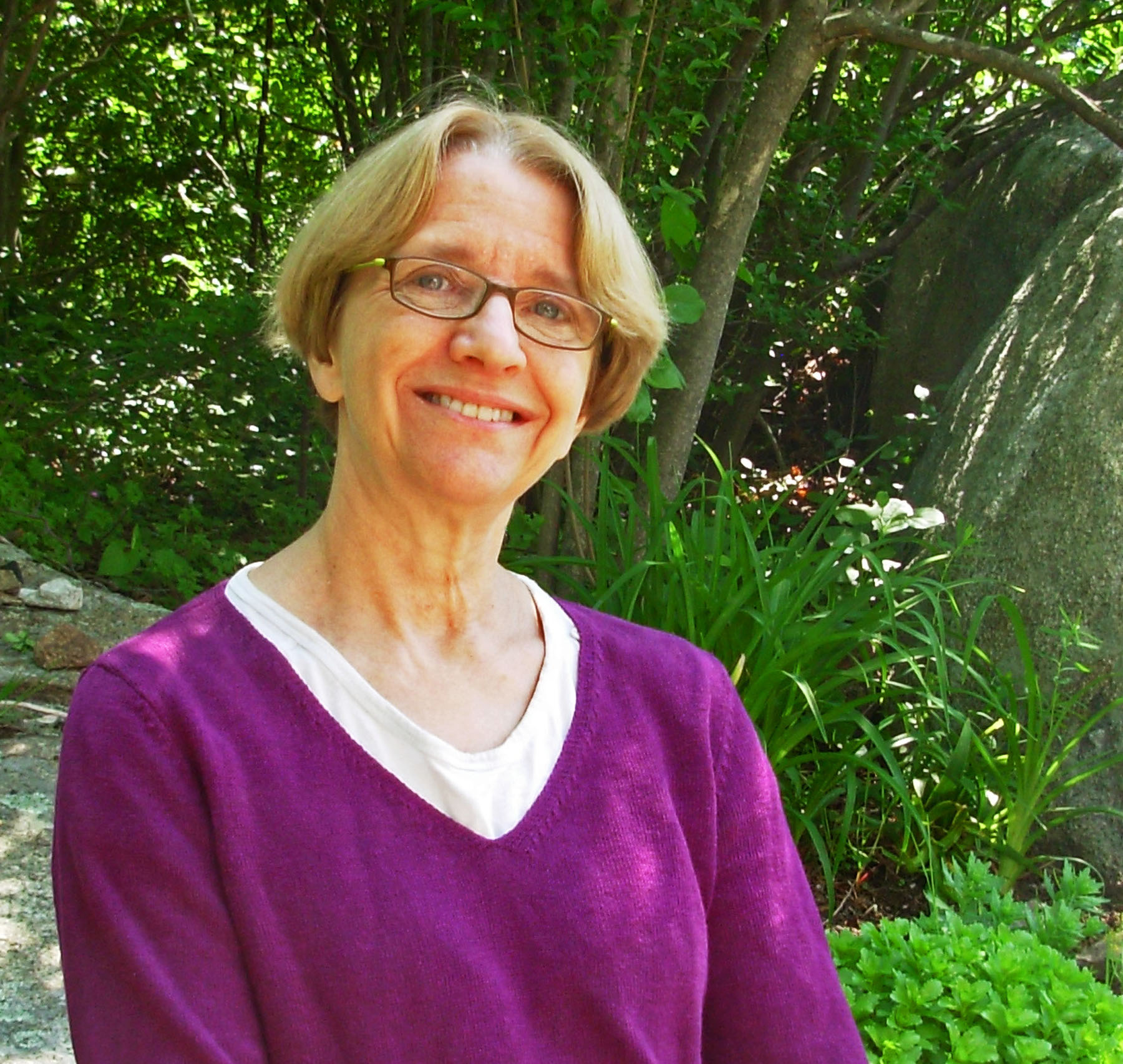 |
Developing Creative Thinking Skills Through Art
Diane B. Jaquith, MA, K-5 Art Teacher; Co-Founder, Teaching for Artistic Behavior; Co-Author, The Learner-Directed Classroom: Developing Creative Thinking Skills Through Art (2012) and Engaging Learners Through Artmaking (2009) |
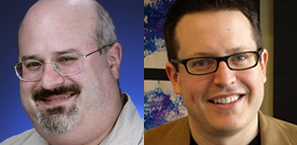 |
How to Boost Student Creativity — and Your Own
James C. Kaufman, PhD, Professor of Educational Psychology, Neag School of Education, University of Connecticut; Author, Creativity 101 (2009); Co-Author, Being Creative Inside and Outside the Classroom: How to Boost Your Students’ Creativity – and Your Own (2012); Co-Editor, Neuroscience of Creativity (2013), Nurturing Creativity in the Classroom (2011) and The Cambridge Handbook of Creativity (2010); and Ronald A. Beghetto, PhD, Associate Professor, Neag School of Education, University of Connecticut; Associate Professor of Education Studies, University of Oregon; Author, Killing Ideas Softly? The Promise and Perils of Creativity in the Classroom (2013); Co-Editor, Nurturing Creativity in the Classroom (2011) |
 |
Inspire, Innovate and Problem-Solve: How the Arts Change Student Performance
Ivonne Chand O’Neal, MA, Director of Research and Evaluation, The John F. Kennedy Center for the Performing Arts, which is conducting research on whether various aspects of arts integration instruction affect student engagement and creative ability
|
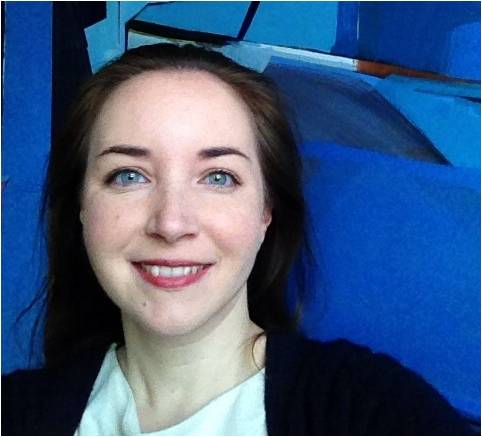 |
Arts at the Core: Connecting the Arts to 21st Century Teaching and Standards
Amy L. Charleroy, MA (Rhode Island School of Design), BFA, Director of Arts, Office of Academic Initiatives, The College Board, Researcher who coordinates the Arts at the Core Initiative and The Art of Problem Solving, a four-year study examining the effects of arts education on students’ problem-solving skills |
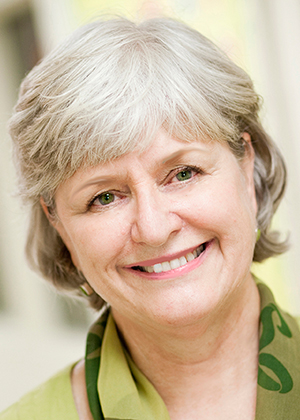 |
Fostering Creative Thinking and Problem Solving in Schools
Bonnie Cramond, PhD, Professor of Educational Psychology; Director of the Torrance Center for Creativity and Talent Development, College of Education, University of Georgia; Co-Author, “Cultivating Creative Thinking” (2014, Methods and Materials for Teaching the Gifted); “Future Problem Solving as Education for Innovation” (2013, The Routledge International Handbook of Innovation Education), “The Relationship Between Creativity and Intelligence” (2010, Handbook of Creativity) and The Coincidence of Attention Deficit Hyperactivity Disorder and Creativity (1995) |
 |
Brains, Inquiry and Technology: Developing Creative Thinkers and a Thinking Curriculum
Teresa L. Coffman, PhD, Associate Professor of Education, College of Education, University of Mary Washington; Author, Using Inquiry in the Classroom: Developing Creative Thinkers and Information Literate Students (2013) and Engaging Students through Inquiry-oriented Learning and Technology (2009) |
TEACHING TO INNOVATE: SMART KIDS WITH “SMART” TECHNOLOGY
|
 |
Creating Innovators
Tony Wagner, MAT, EdD, Expert in Residence, Innovation Laboratory, Harvard University; Founder/Co-Director, Change Leadership Group, Harvard Graduate School of Education; Author, Creating Innovators: The Making of Young People Who Will Change the World (2012) |
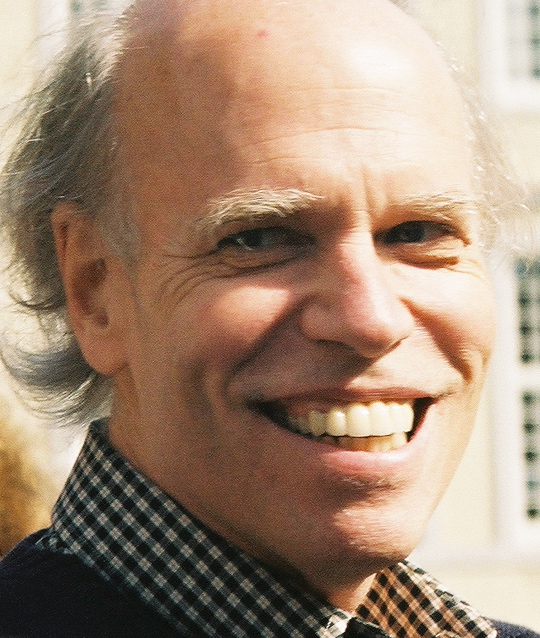 |
Digital Media and Stupidity in a Dangerous World: How to Make Students Smarter Before It’s Too Late
James Paul Gee, PhD, Mary Lou Fulton Presidential Professor of Literacy Studies, Arizona State University; Member, National Academy of Education; Author, The Anti-Education Era: Creating Smarter Students through Digital Learning (2013) |
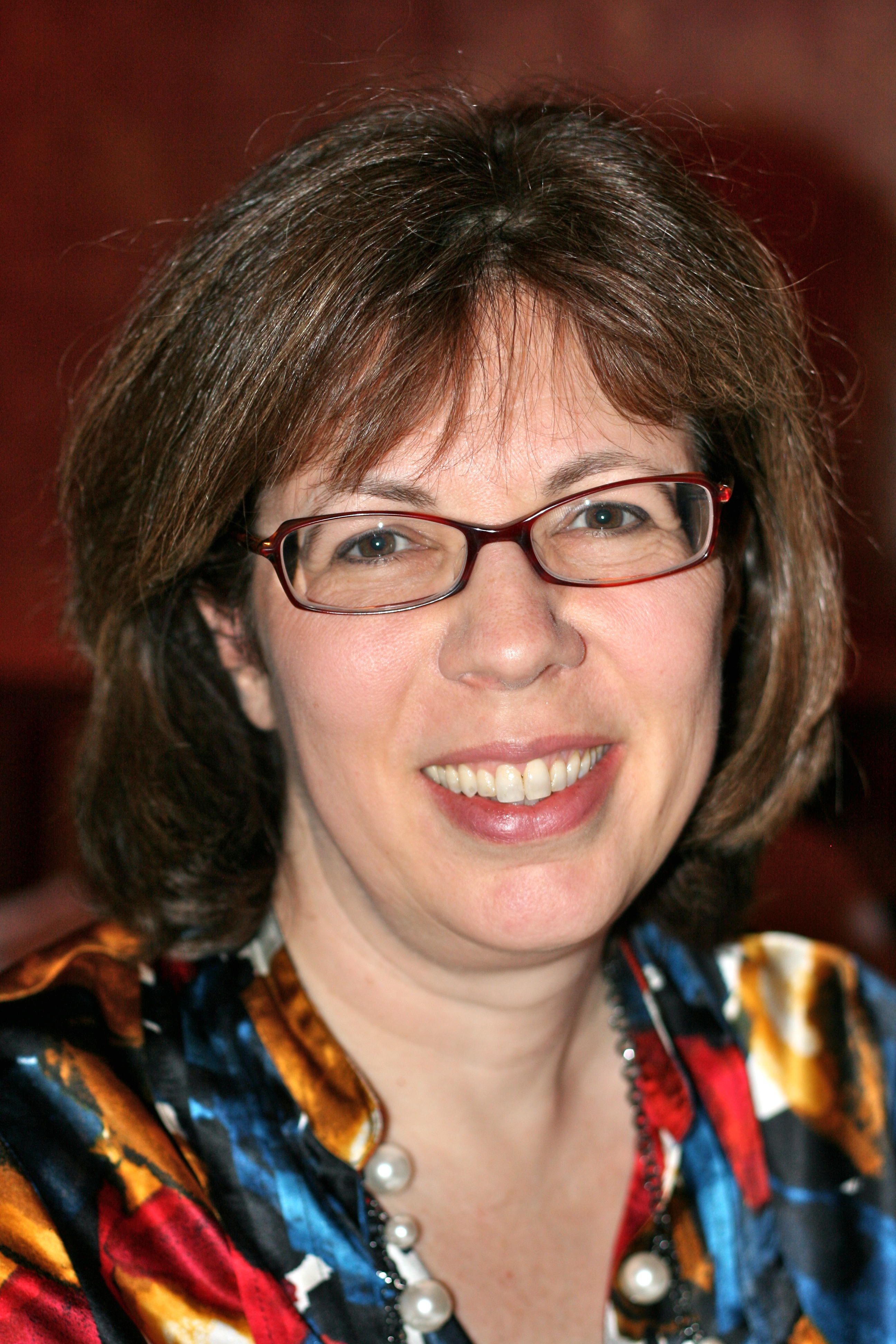 |
Learning to Learn Through Invention, Tinkering and Making
Sylvia L. Martinez, MA, President of Generation YES, a non-profit with a mission of empowering young people to improve their schools and communities with modern technology; Designer of Math Blaster and Maurice Ashley Teaches Chess; Developer of the award-winning website Math.com; Co-Author, Invent to Learn: Making, Tinkering and Engineering in the Classroom (2013) |
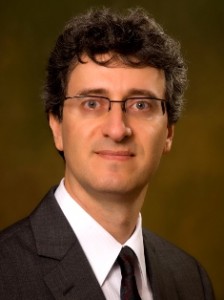 |
“Man and Machine”: Impact of Technology on Innovation, Creativity and Learning
Charles K. Fadel, MBA, Founder/Chairman, Center for Curriculum Redesign; Visiting Practitioner, Harvard Graduate School of Education; Senior Fellow, The Conference Board, P21.org and Innovate Educate; Co-Author, 21st Century Skills: Learning for Life in Our Times (2009) |
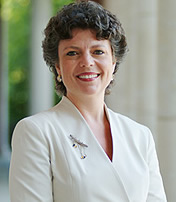 |
Spatial Intelligence and Creativity: Lessons from Studying the Development of Math and Science Talents for 35 Years
Camilla P. Benbow, EdD, Patricia and Rodes Hart Dean of Education and Human Development, Peabody College, Vanderbilt University; Co-Director of the Study of Mathematically Precocious Youth (SMPY); Co-Author, “Creativity and Technical Innovation: Spatial Ability’s Unique Role” (2013, Psychological Science) |
ASSESSING SMART THINKING: STANDARDS AND LITERACY
|
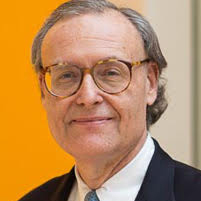 |
Cognitive Skills, Student Achievement Tests and Schools
John D.E. Gabrieli, PhD, Professor of Brain and Cognitive Sciences; Director, Athinoula A. Martinos Imaging Center, McGovern Institute for Brain Research, Massachusetts Institute of Technology; Co-Author, “Failure of Working Memory Training to Enhance Cognition or Intelligence” (2013, Plos One) |
 |
Teaching Students to Think Like Scientists: Integrating Science and Literacy Instruction for Common Core and Next Generation Standards
Maria C. Grant, EdD, Associate Professor; Director, Secondary Teacher Education Program, Department of Secondary Education, College of Education, California State University, Fullerton; Co-Author, Teaching Students to Think Like Scientists (2014) |
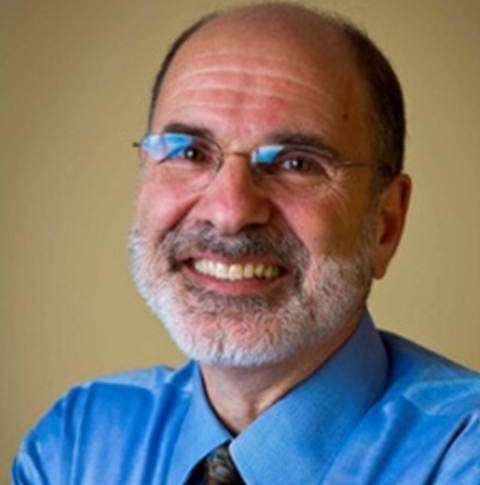 |
Think Smart: Using Brain Science to Redefine Intelligence for 21st Century Learners
Jack A. Naglieri, PhD, Research Professor, Curry School of Education, University of Virginia; Emeritus Professor of Psychology, George Mason University; Developer of the Cognitive Assessment System; Co-Author, Helping Children Learn (2010, 2nd Ed.), Helping Gifted Children Learn (2009) and Essentials of Wechsler Nonverbal Assessment (2008); Co-Editor, Practitioner’s Guide to Assessing Intelligence and Achievement (2009) |
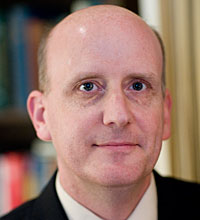 |
Teaching Thinking Minds to Read Deeply
Daniel T. Willingham, PhD, Professor of Psychology, University of Virginia; Blogger, Science and Education; Writer, “Ask the Cognitive Scientist” column for American Educator; Associate Editor, Mind, Brain, and Education, Author, When Can You Trust the Experts? (2012) and Why Don’t Students Like School? (2010); Co-Author, Cognition: The Thinking Animal (2006, 3rd Ed.) |
TEACHING STEM: MATH/SCIENCE THINKING AND PROBLEM SOLVING
|
 |
How Children Learn Mathematics and How to Help Them Learn More
Robert S. Siegler, PhD, Teresa Heinz Professor of Cognitive Psychology, Carnegie Mellon University; Founder, The Siegler Center for Innovative Learning (SCIL), Beijing Normal University; Co-Author, How Children Develop (2014, 4th Ed.), Children’s Thinking (2004, 4th Ed.) and “Taking It to the Classroom: Number Board Games as a Small Group Learning Activity” (2012, Journal of Educational Psychology) |
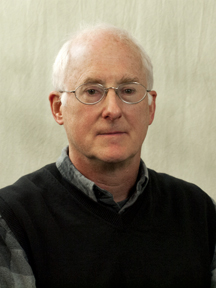 |
Benefits of Arts and Crafts for Math and Science Learning
Robert S. Root-Bernstein, PhD, Professor of Physiology, Michigan State University; Co-Author, “The Art and Craft of Science” (2013, Educational Leadership), “The Importance of Early and Persistent Arts and Craft Education for Future Scientists and Engineers” (2012, National Science Foundation SEAD) and Sparks of Genius (2009) |
 |
Engaging Deeper Thinking in Math and Science
John T. Almarode, PhD,Assistant Professor, College of Education, James Madison University; Co-Author, Captivate, Activate, and Invigorate the Student Brain in Science and Math, Grades 6-12 (2013) and “For the Love of Learning Science” (2010, Physics Education Research) |
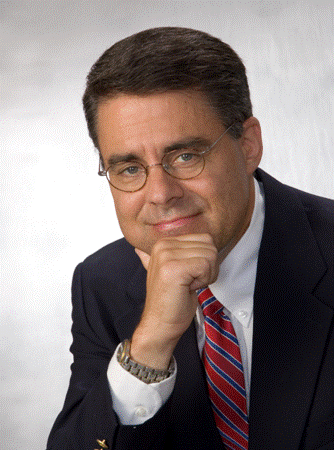 |
Mind Over Math: The Neuropsychology of Mathematics and Practical Instructional Applications
Christopher Kaufman, PhD, Licensed Psychologist and Certified School Psychologist; Co-Founder, Kaufman Psychological Services; Author, Executive Function in the Classroom: Practical Strategies for Improving Performance and Enhancing Skills for All Students (2010) |
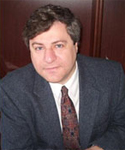 |
Aha! Moments: Problem Solving, Creativity and the Brain
John Kounios, PhD, Professor of Psychology; Director, Program in Applied Cognitive & Brain Sciences, Drexel University; Co-Author, “The Cognitive Neuroscience of Insight” (2013, Annual Review of Psychology) and “The Aha! Moment” (2009, Current Directions in Psychological Science) |
 |
Animating Learning Through Design, Make, Play: Growing the Next Generation of STEM Innovators
Margaret A. Honey, PhD, Developmental Psychologist; President and CEO, New York Hall of Science; Member of the Educational Advisory Board of the Partnership for 21st Century Skills, The National Resource Council’s Board on Science Education and as a committee member for the NRC study, Defining Deeper Learning and 21st Century Skills, and recently chaired the Committee on Learning Science: Computer Games, Simulations, and Education; Co-Editor, Design, Make, Play: Growing the Next Generation of STEM Innovators (2013) |
SMARTER MINDS: THE SCIENCE OF INTELLIGENCE
|
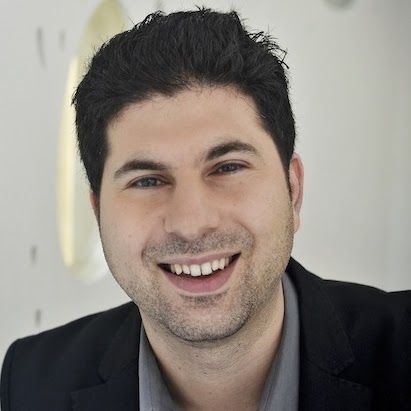 |
Redefining Intelligence and Potential
Scott Barry Kaufman, PhD, Adjunct Assistant Professor of Psychology, New York University; Co-Founder, The Creativity Post; Blogger, “Beautiful Minds,” Scientific American Mind; Author, Ungifted: Intelligence Redefined (2013); Editor, The Complexity of Greatness: Beyond Talent or Practice (2013); Co-Editor, The Cambridge Handbook of Intelligence (2011) |
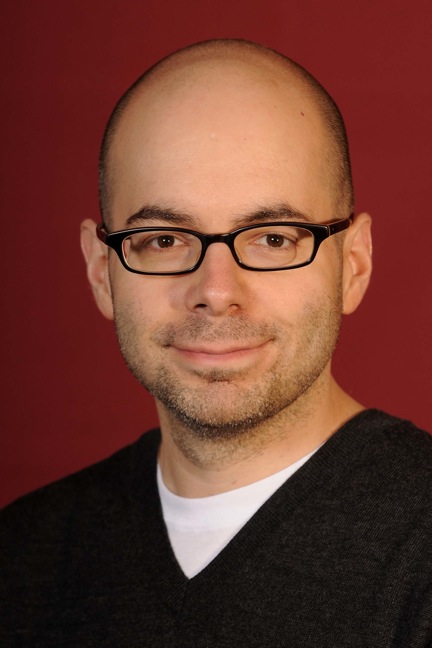 |
If There Are Genes for Intelligence, Why Haven’t We Found Them Yet?
Christopher F. Chabris, PhD, Associate Professor of Psychology; Co-Director, Neuroscience Program, Union College; Adjunct Associate Professor of Neurology, Albany Medical College; Co-Author, The Invisible Gorilla: How Our Intuitions Deceive Us (2011) and “Most Reported Genetic Associations With General Intelligence Are Probably False Positives” (2012, Psychological Science) |
 |
Flexible Thinking: Understanding Cognitive Control and Intelligence in the Brain
Michael W. Cole, PhD, Director, Cole Neuroscience Laboratory; Assistant Professor, Center for Molecular and Behavioral Neuroscience, Rutgers-Newark University; Co-Author, “Rapid Instructed Task Learning: A New Window into the Human Brain’s Unique Capacity for Flexible Cognitive Control” (2013, Cognitive, Affective, & Behavioral Neuroscience) and “Global Connectivity of Prefrontal Cortex Predicts Cognitive Control and Intelligence” (2012, Journal of Neuroscience) |
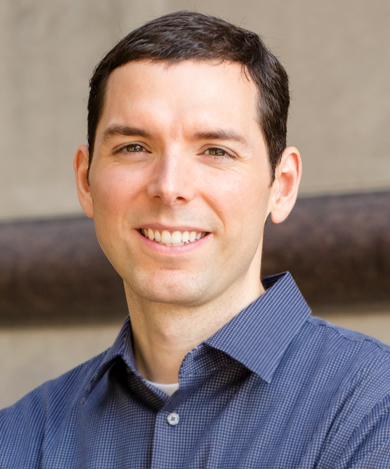 |
Mapping of Human Intelligence
Aron K. Barbey, PhD, Assistant Professor and Director, Decision Neuroscience Laboratory, Beckman Institute for Advanced Science and Technology, University of Illinois at Urbana-Champaign; Associate Editor, Frontiers in Human Neuroscience; Co-Author, “Architecture of Fluid Intelligence and Working Memory Revealed by Lesion Mapping” (2013, Brain Structure and Function) |
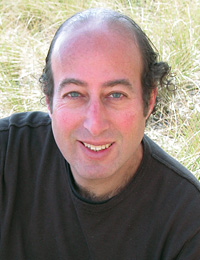 |
The BRAIN Initiative: Mapping Minds and Thinking
Kenneth S. Kosik, MD, Co-Director, Neuroscience Research Institute; Professor of Neuroscience Research, Department of Molecular, Cellular and Developmental Biology, University of California, Santa Barbara; Co-Founder, Learning & the Brain; Co-Author, The Alzheimer’s Solution (2010) |
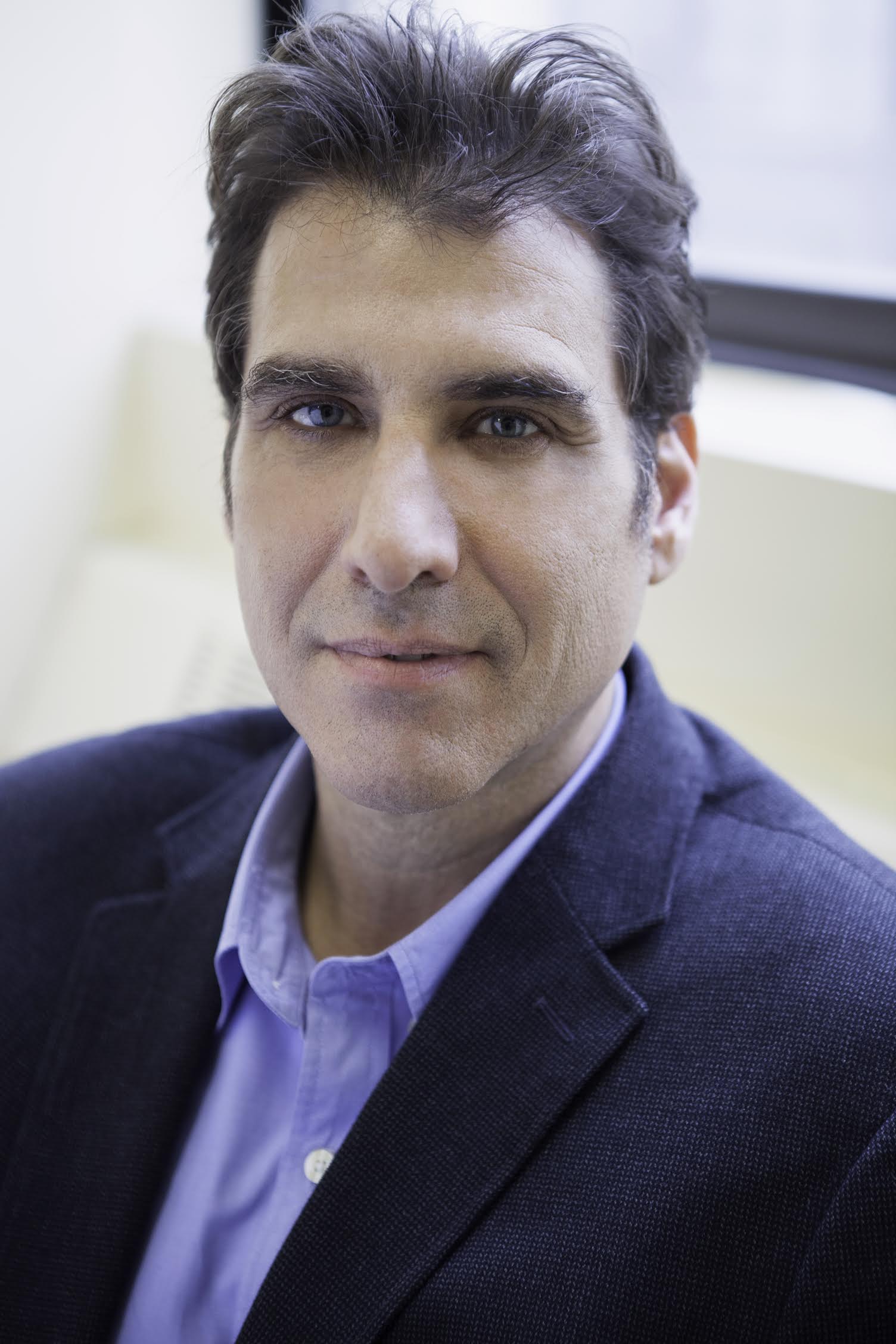 |
The Nurture of Intelligence in Schools
Joshua M. Aronson, PhD, Associate Professor of Applied Psychology, Steinhardt School of Culture, Education and Human Development, New York University; Author, Improving Academic Achievement: Impact of Psychological Factors on Education. (2002); Co-Author, “How to Make a Young Child Smarter: A Meta-analysis” (2012, Current Directions in Psychological Science) |
 |
The Neuroscience of Intelligence: Implications for Education
Rex E. Jung, PhD, Assistant Research Professor, Departments of Neurology and Neurosurgery, Health Sciences Center; Assistant Research Professor, Department of Psychology, University of New Mexico; Co-Author, “The Structure of Creative Cognition in the Human Brain” (2013, Frontiers in Human Neuroscience) and “Cortical Thickness Correlates of Specific Cognitive Performance Accounted for by the General Factor of Intelligence in Healthy Children Aged 6 to 18” (2011, Neuroimage) |
|
TEACHING TO INNOVATE: SMART KIDS WITH “SMART” TECHNOLOGY
|
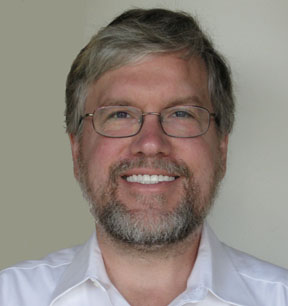 |
The Growing Science of Big Data and Machine Learning
Henry A. Kautz, PhD, Professor and Chair, Department of Computer Science; Director of the Institute for Data Science, University of Rochester; Fellow of the American Association for the Advancement of Science; Past President and Fellow of the Association for the Advancement of Artificial Intelligence; Co-Author, “Location-Based Reasoning about Complex Multi-Agent Behavior” (2012, Journal of Artificial Intelligence Research) |
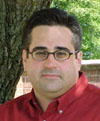 |
Transforming Education Through Learning Technologies
Roger Azevedo, PhD, Professor of Human Factors and Ergonomics; Member, Digital Transformation of Education Group, North Carolina State University; Co-Editor, International Handbook of Metacognition and Learning Technologies (2013) |
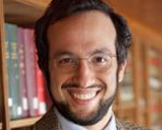 |
Minds and Machines as Partners in Learning and Innovation
Robert Plotkin, Esq, Adjunct Faculty, Boston University School of Law; Blogger, Automating Invention; Author, Computers and Creativity (2011) and The Genie in the Machine: How Computer-Automated Inventing Is Revolutionizing Law and Business (2009) |









































